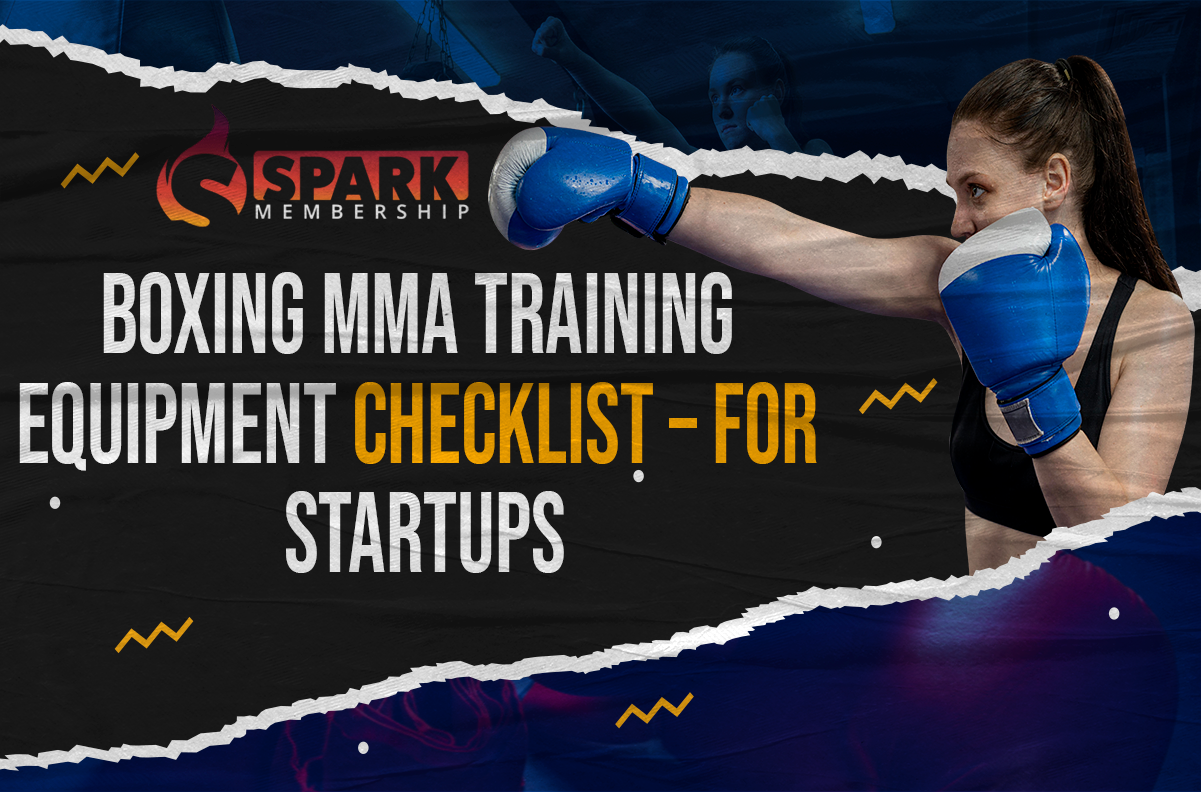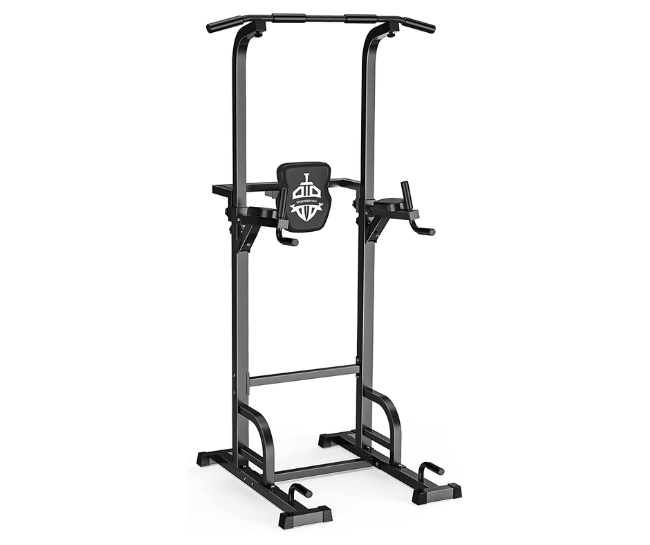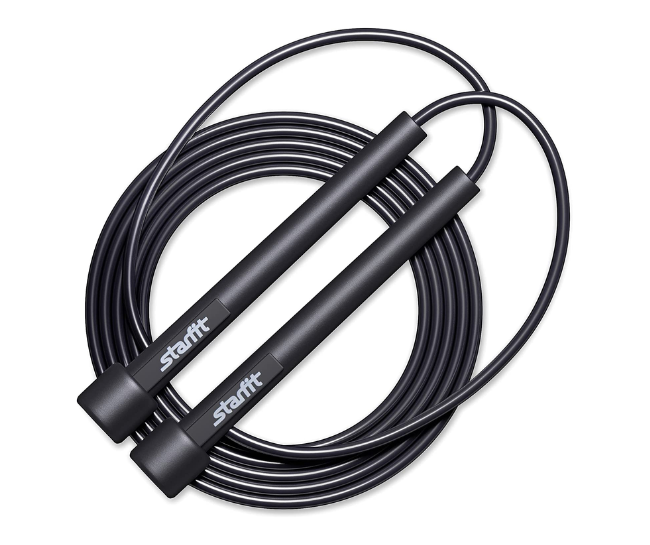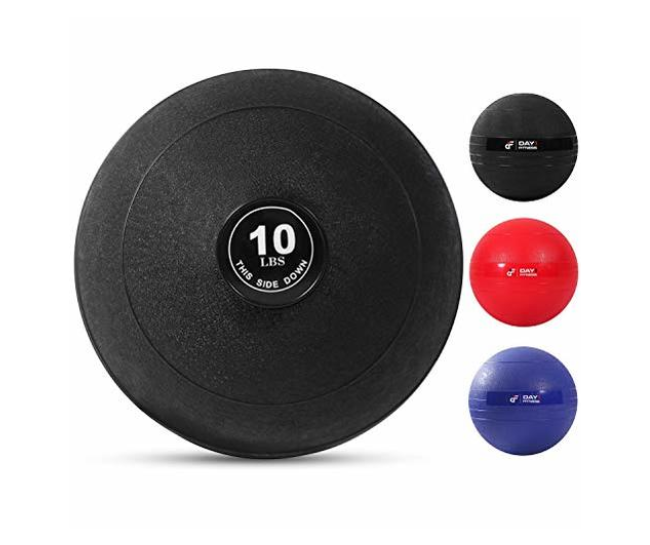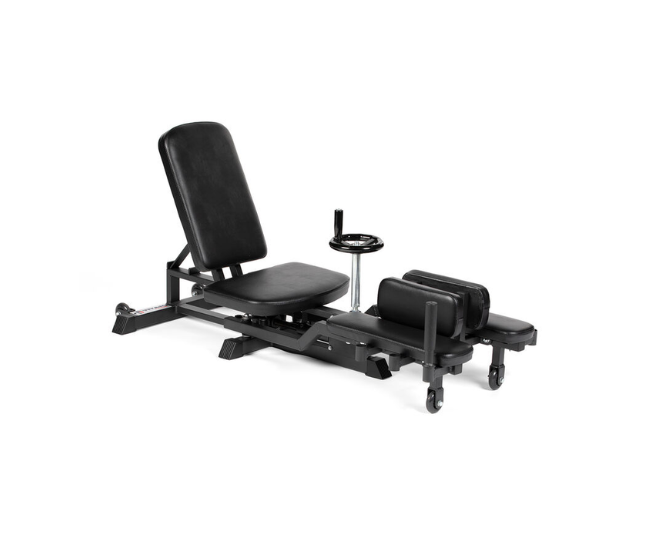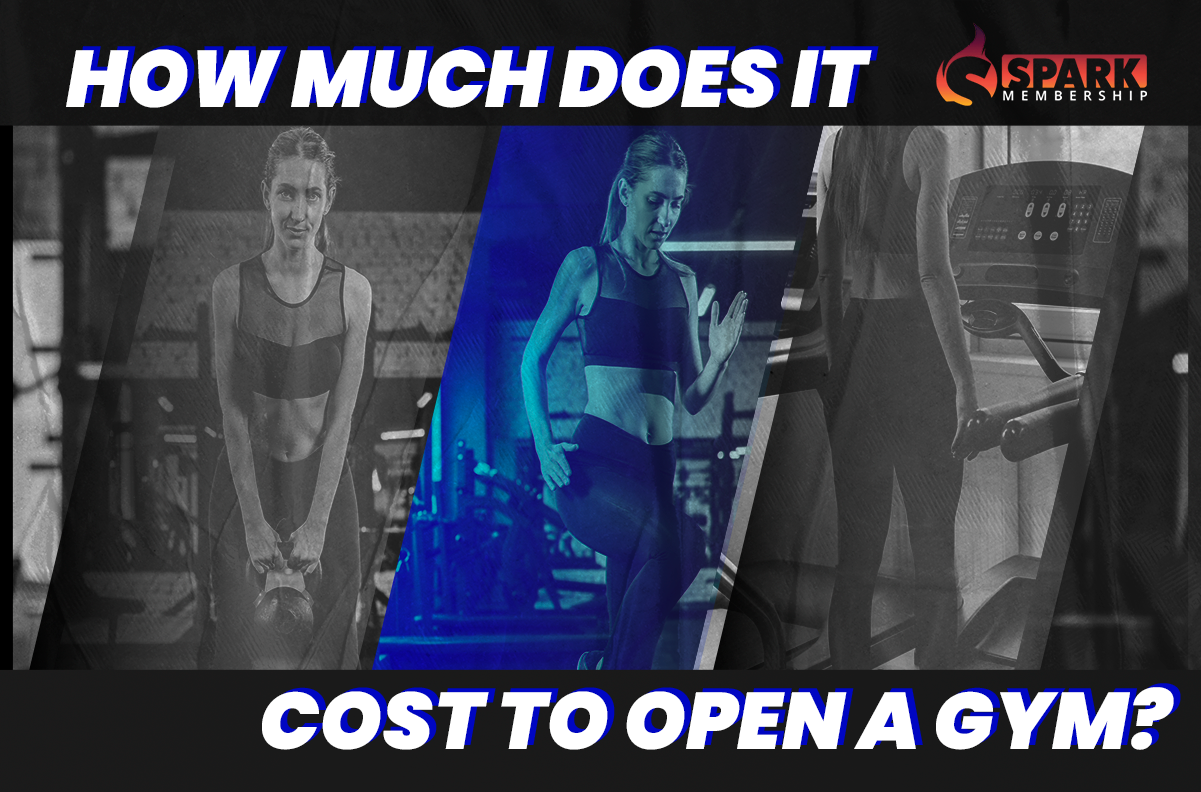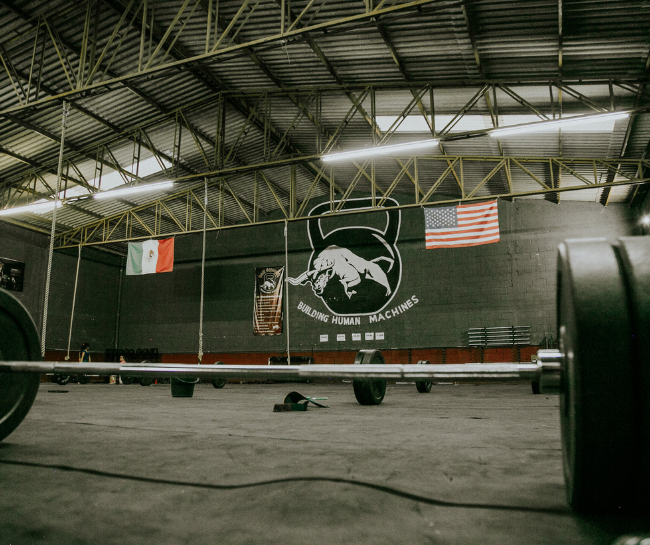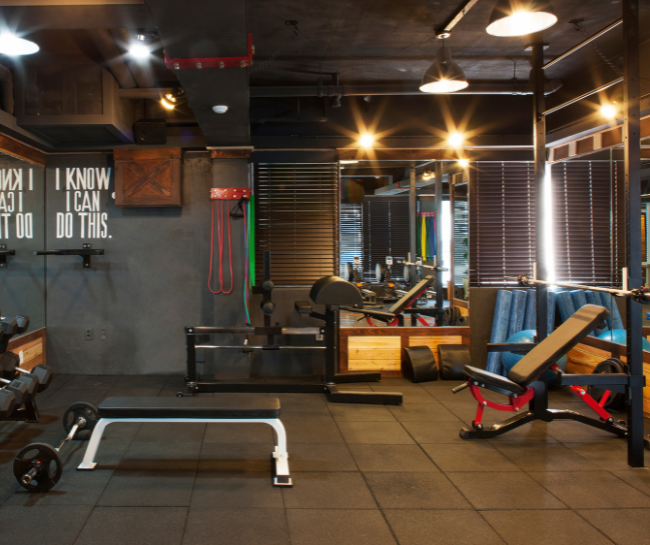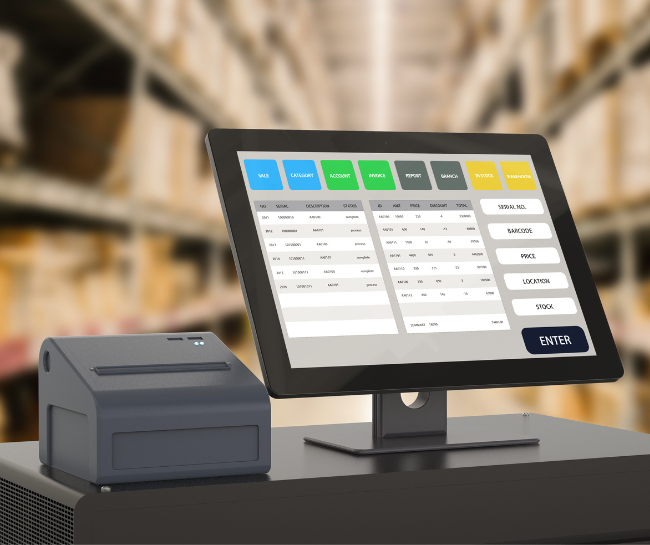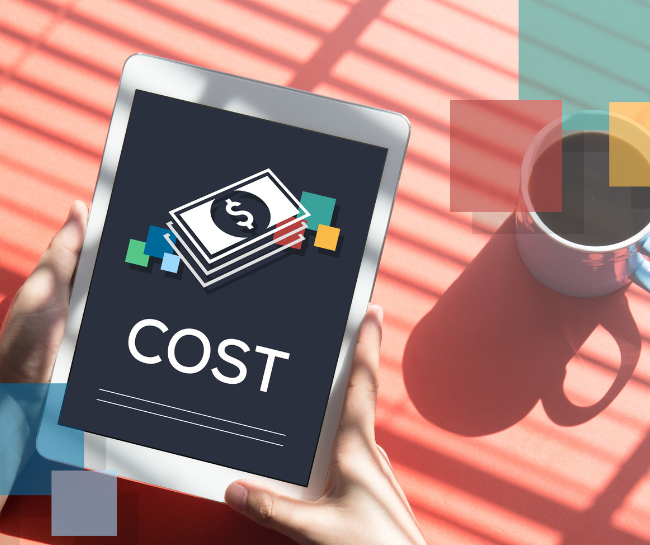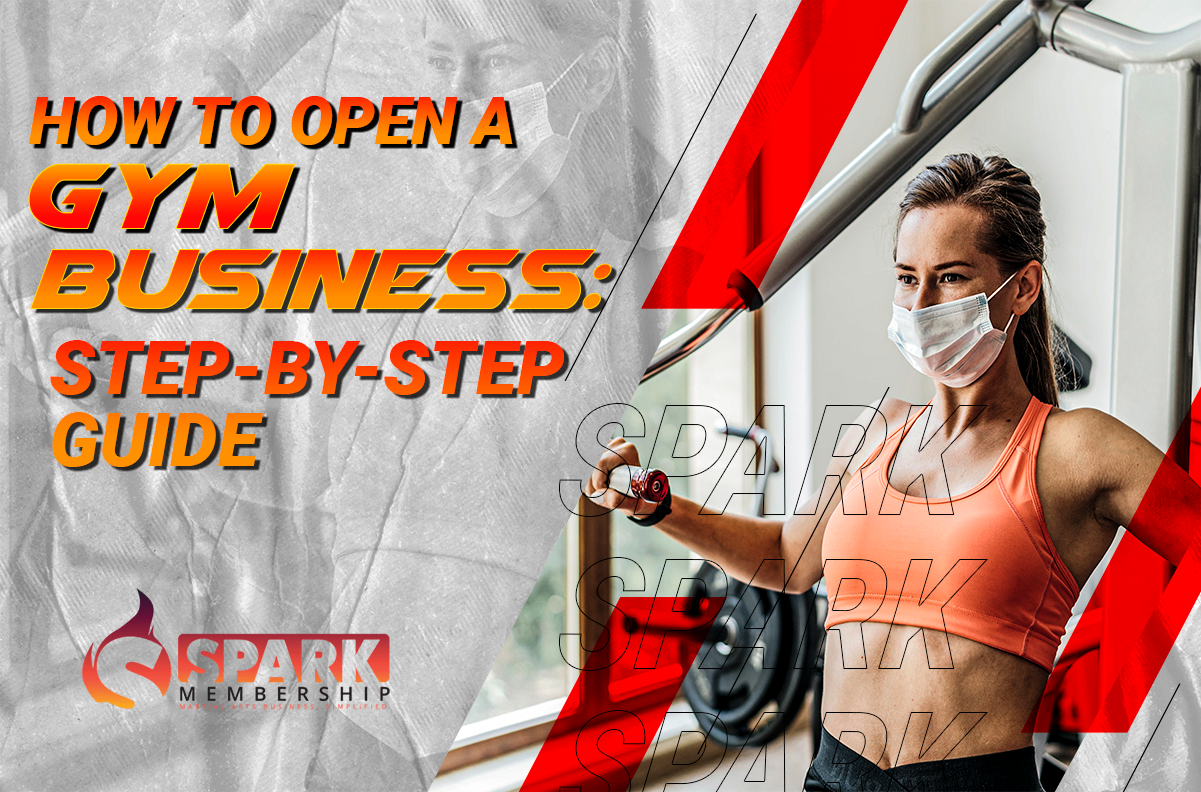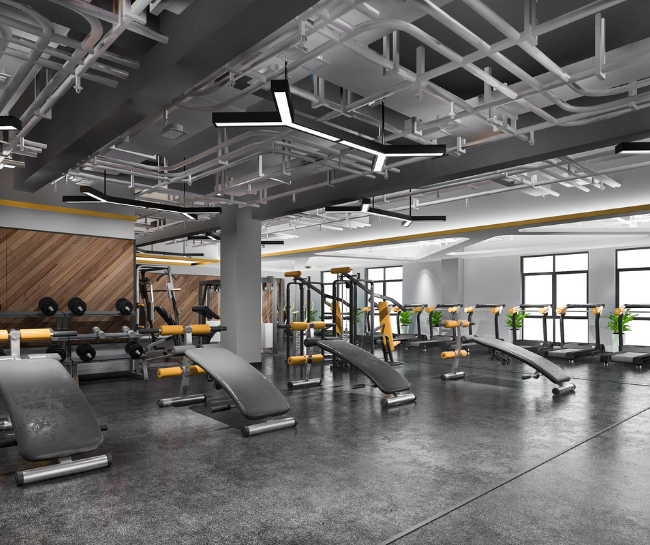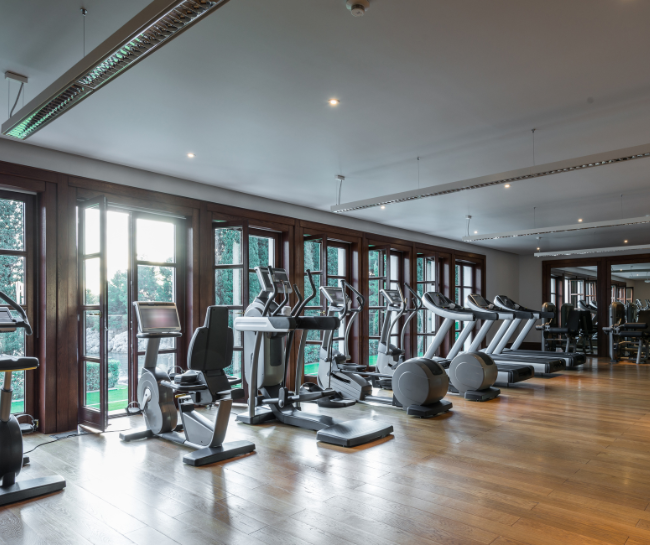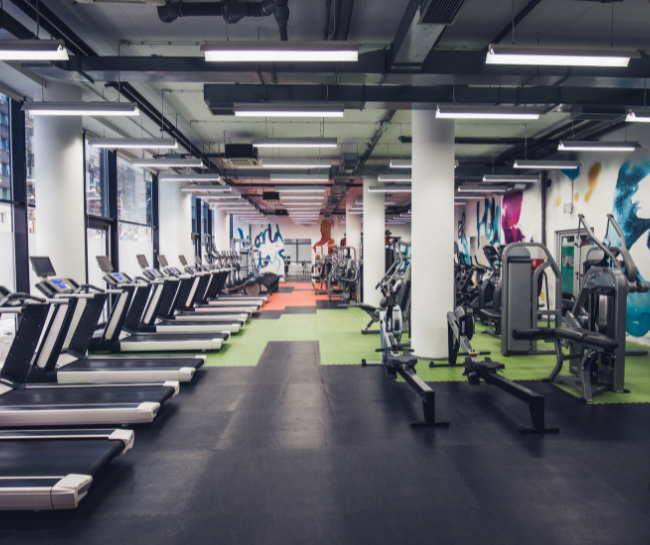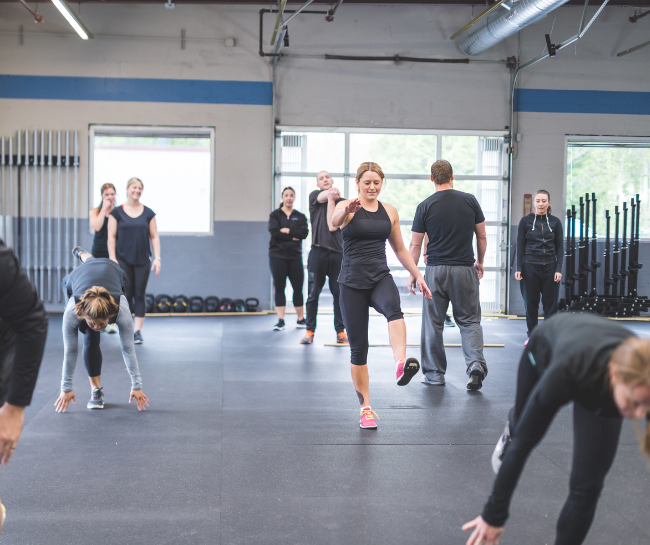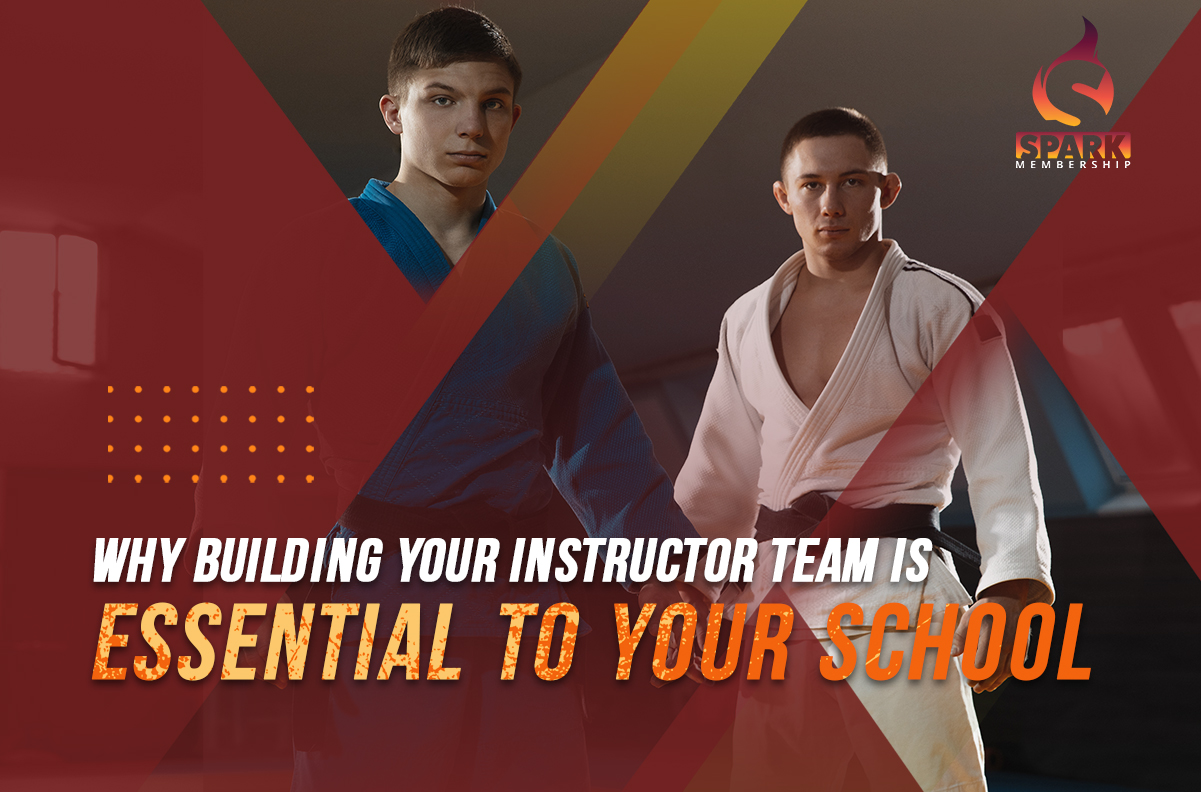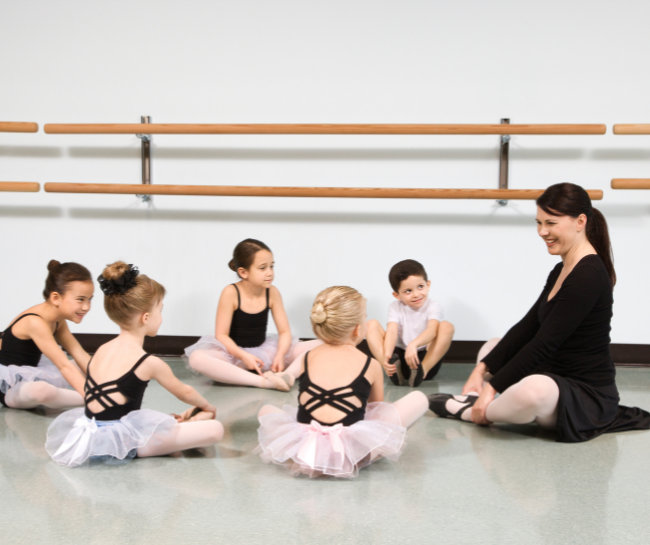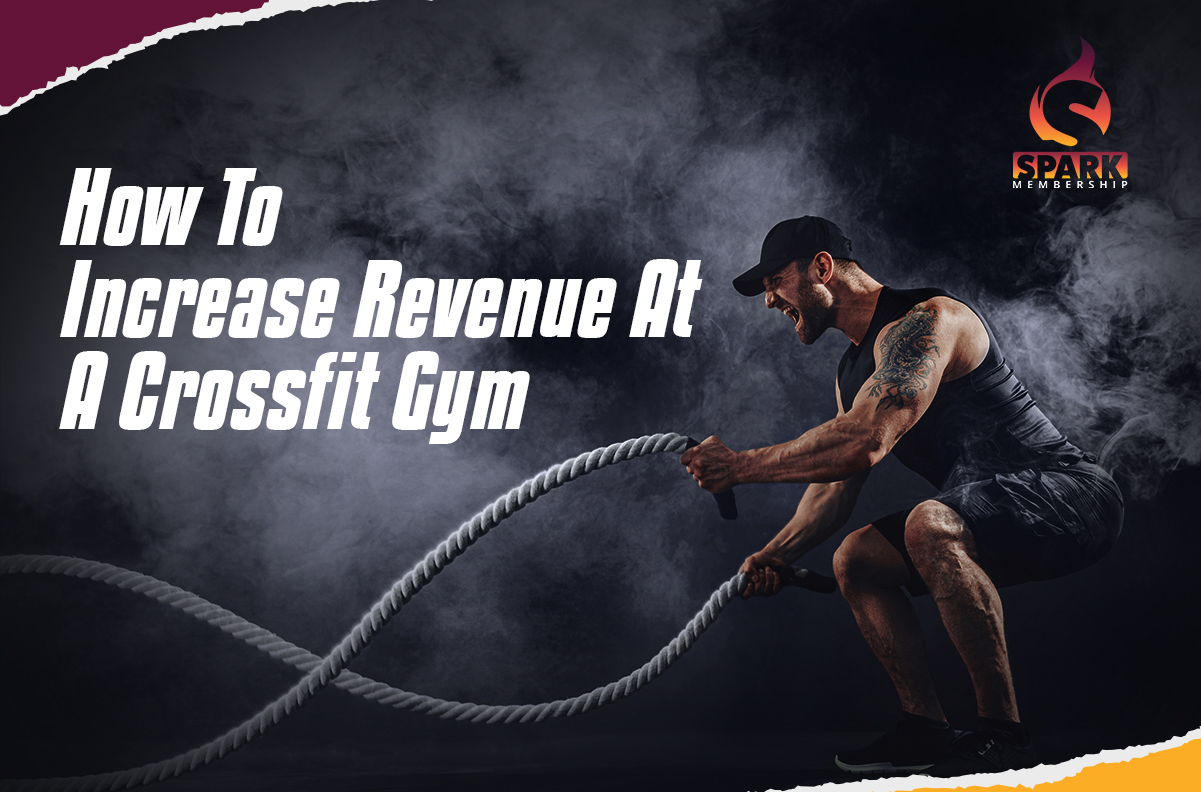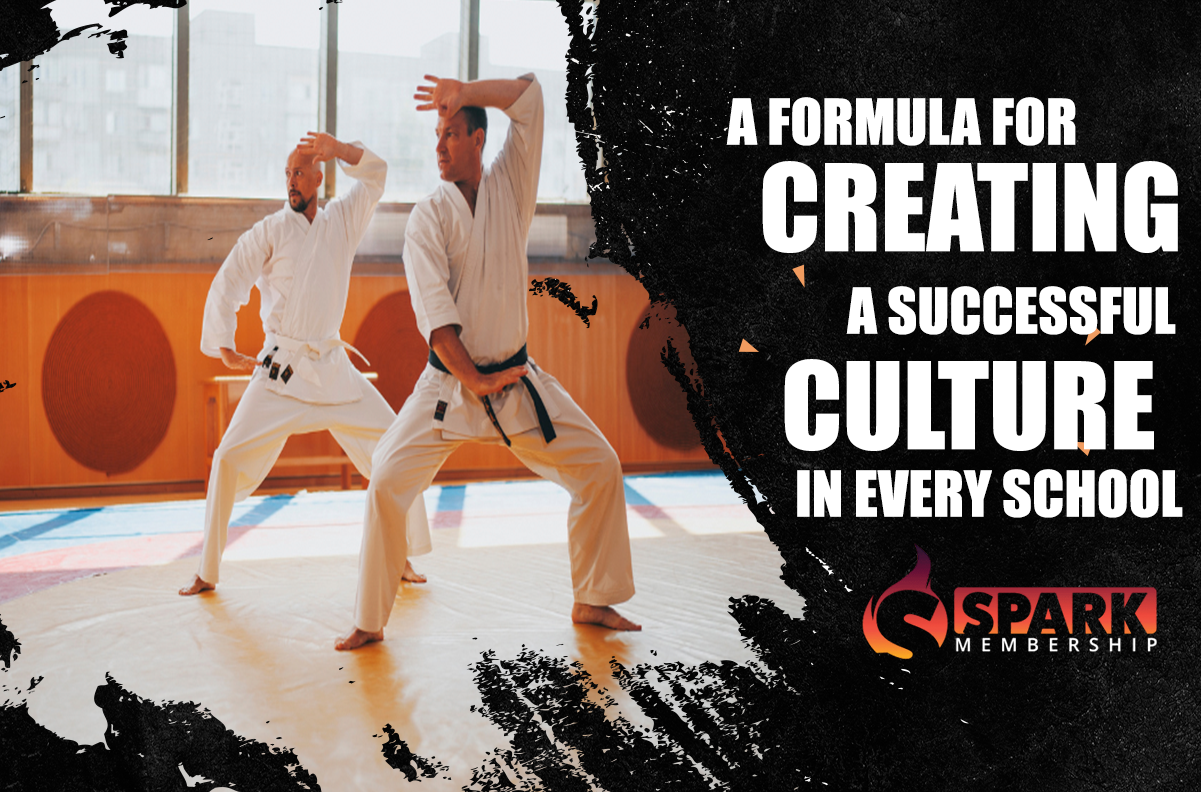
Why is it so important for a school to be successful? Because this is one of the foundations you have to have in order for you to scientifically have a successful program.
P-I-A-T-R-U Formula
P- Progress
I- Interest
A- Attendance
T- Testing
R- Retention
U- Upgrade
One of the most important things we have to do is immediately impact the students every time they come to class. Ideally, every time they come to class, meaning they are emotionally impacted by what they are learning. Once you establish progress, this is where you have to really think about your curriculum. The curriculum is very important because, when talking about the arts, a lot of school owners design curricula from their mindset. You and I have been studying martial arts most of our lives, so our mindset is completely different, so our buckets are constantly filling. Imagine a completely dry, empty bucket. How different it will be. Even the weight is different; even the look is different. Everything we have to become the empty bucket mindset when we are designing this curriculum. I mean, simple things to us with our subconscious just make it a piss just to make sense, but those are all little things that have to be explained scientifically, so the students understand.
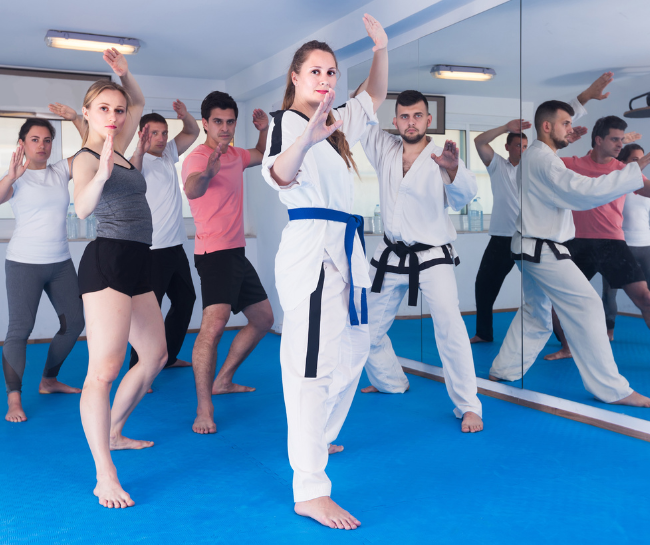
So one of the most important goals as an instructor is to constantly work towards being understood because if you are teaching with that mindset, then the students will understand. The only way they’re going to understand what you’re doing is for you to be in the mindset of being understood, so you have to design the curriculum, and that’s it. That’s why all the beginner students in our school have a white notebook. We don’t teach them forms or sparring or how to use a weapon; they just learn the foundations, and if you really break down the foundation, there’s so much to learn. So design the curriculum in a way for students to really progress. It’s not too hard, and of course, you don’t want it to be too easy either, or you’ll create more dumb people. You want it to be challenging, and that’s one of the most difficult things to do is be steady in the middle. Consistently so, once the students feel progress, you spark a fire inside them. Passion is the motivation.
The excitement, the enthusiasm, and that are where the interest comes in when they’re interested. When human beings are interested in something, then it triggers, subconsciously, the learning mindset. So, what do you want to do if you’re interested in something? I want to get to know you a little bit more.
When that spark of interest ignites, they will now become their own teachers, seeking knowledge on their own. They will go to YouTube and look at what they learned. Look at the home site. Number one, they will go to YouTube and look at that. They will do research, and then that’s the power of interest.
If they’re interested, they will come to you. If they’re interested, if they want that knowledge, they will come to you. So they will attend classes for you.
And you also want your attendance scientifically set out, so your students come in a controlled attendance. You don’t want them to come all the time. Especially with children, they can lose interest. Plus, holding back a little bit of time creates more interest and desire. You just give it all at once.
You want to set up the attendance in a way that makes them want more. Okay, next. If they attend, the next thing they’re going to be tested. And you want them to test because PIA all this testing doesn’t give them a goal. Testing also creates a certain sense of emotion, all right, when you’re learning something.
What if your child says, “Okay, you’re going to be tested on everything you learned this Friday?” That stirs up a whole other set of emotions. Emotions of fear, like challenge and excitement. So testing is a very important part of a student’s success because it makes them feel certain emotions.
And also, it helps in the set goals because once they test, they pass, and they go to the next level of testing. Okay, next level of testing. And that’s where the next letter comes in. If you retain them and they keep progressing, they will want to keep going. So the last word is upgrade.
Upgrade, meaning you are going to offer nature. Same thing in education. Once you finish a certain course, you test, and you pass, you move on to the next course. It’s a higher course. And improvement is very important to the martial arts school because it only creates the whole science of Pier True.
Upgrade also generates a tremendous amount of income for the school because it should be based on the concept of purpose, meaning they have a purpose. You don’t want to just do PIA True for nothing. You want them to have the ultimate purpose. The ultimate purpose is for them to accomplish one of the greatest goals in what they’re doing. In the case of martial arts, it is what?
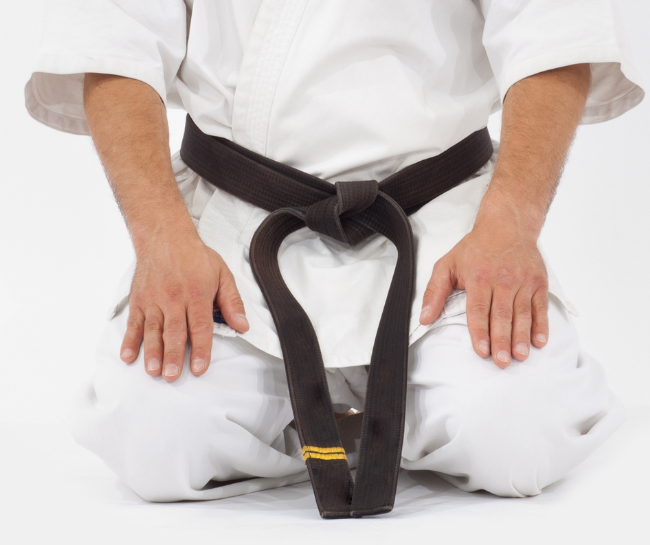
Belt. Black belt. Exactly. So it’s very important that you, as an instructor, understand the whole organization and constantly remind yourself that you have to teach. In a way, my students are making progress, so it creates interest.
So they keep attending. So they want to look forward to testing and achieving their next goal.
Then they will say it will create retention. Retention also will increase my student body, and then they will upgrade to a higher program. They will make that commitment of a long-term journey, a long-term goal. And that’s what we want. We want all of our students to have a sense of accomplishment.
Try the best membership software. Spark Membership is the number one management software in the Martial Arts space. Try it now for just $1.
